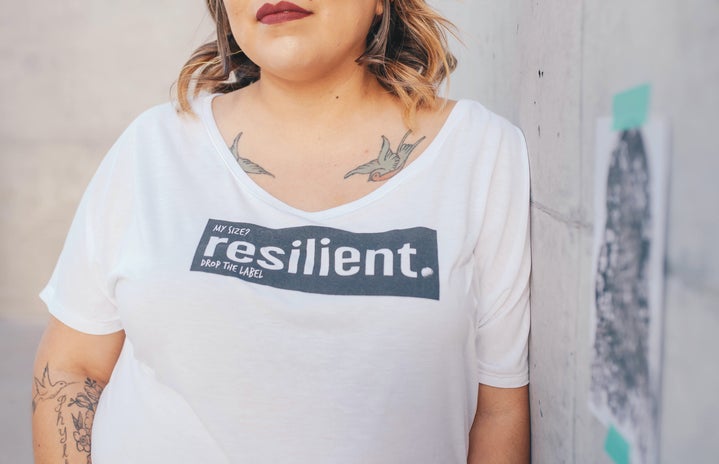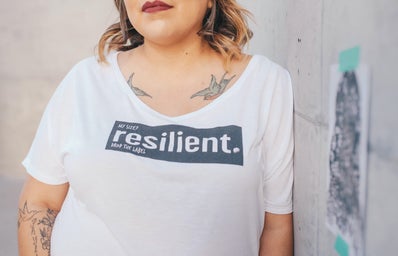The concept was simple, but their vision was grand; behind it a unique idea that would resonate with thousands of women around the world. If you haven’t heard of The Clothesline Project yet, it’s about time you did.
Coming from humble beginnings in Cape Cod, Mass., the Clothesline Project was established by a small group of ladies who wanted to shed light on violence against women from all walks of life. There was a desire amongst the core group of creators to honor those who have overcome intimate violence as well as those who have lost their lives.
With a few of the project’s creators having dealt with violence themselves, they understood the personal hardships that come along with telling one’s story. Their goal was to provide women who had gone through similar experiences with an outlet that allowed them to confidently share their story. After much brainstorming, visual artist Rachel Carey-Harper presented the concept of using decorated shirts hanging on a clothesline to do just this.
Upon establishing this idea, the Project’s creators urged local women to tell their story by decorating a shirt however they pleased. They would then hang their shirts on a clothesline to visually expressing their story to others.
The Project’s first public display occurred in October of 1990 in Hyannis, Mass., and the awareness of this group has been growing ever since. After being featured in a couple small publications, the Clothesline Project gained attention from many larger foundations that wanted to help. Outreach from larger platforms such as the Ryka Rose Foundation and Shape Magazine created a national response that made the Clothesline Project into the national campaign it is today.
The Clothesline Project’s color-coded system has created a universal uniformity amongst their shirts. The color of each shirt shows the form of abuse and whether the victim survived. For example, white represents those who died, black represents those attacked for political reasons, yellow stands for battered or assaulted women, while red, pink, and orange represent survivors of sexual assault. Those who have experienced incest and sexual abuse are represented by blue and green, while purple stands for women attacked in the past due to sexual orientation.
The Clothesline Project is a beautiful display of how a vision can grow into an inspiring movement that becomes a support system for thousands of people. There are now approximately 500 projects nationally and internationally, in 41 states and five countries, with an estimated 60,000 shirts produced.
If you are interested in contributing to The Clothesline Project, visit their website for more information.

